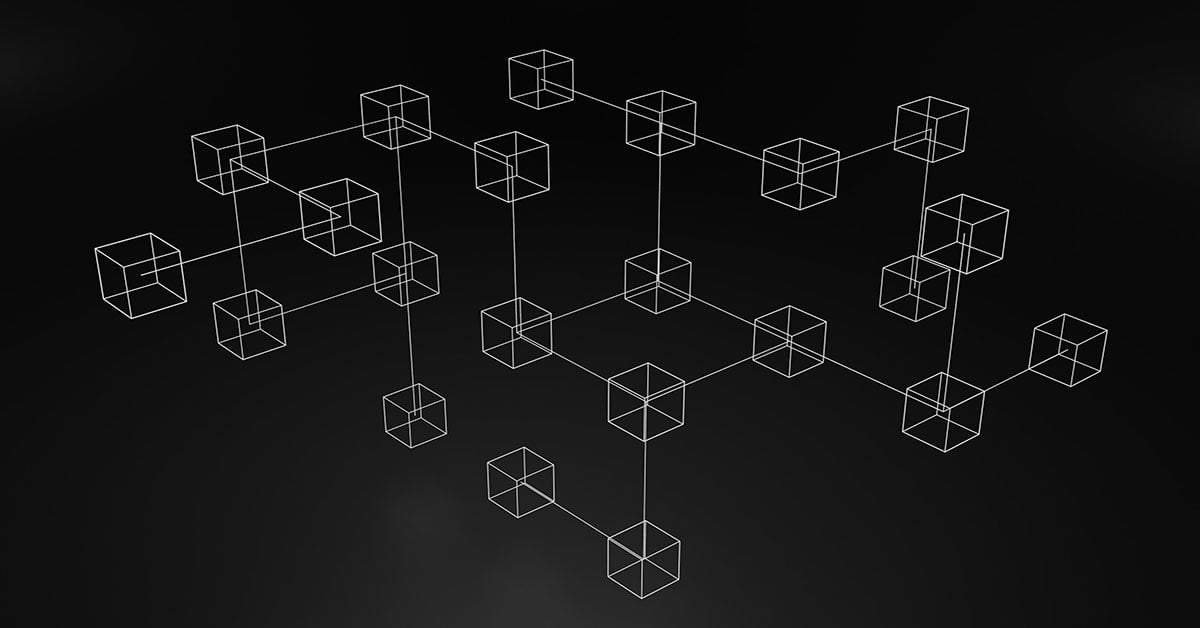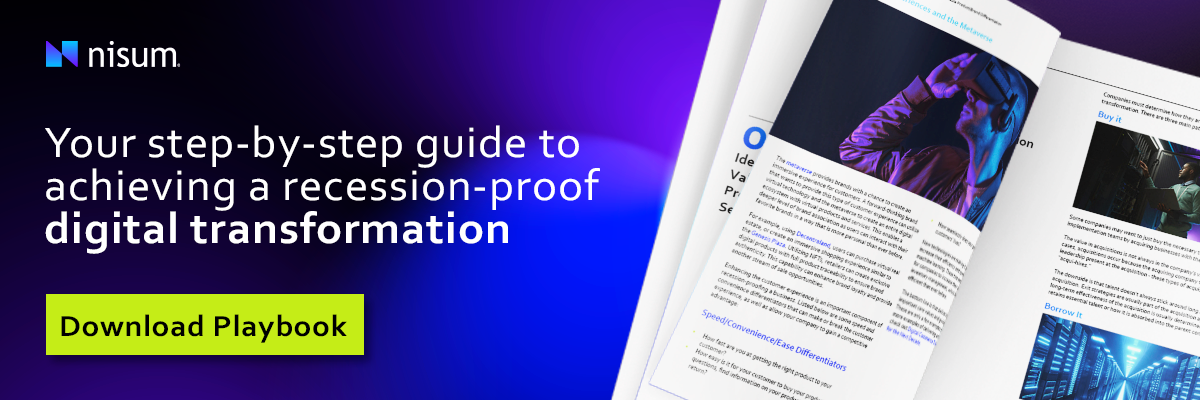 Photo Credit: Subham Dhage on Unsplash
Photo Credit: Subham Dhage on Unsplash
The future of internet applications is evolving the internet as we know it. Blockchain technology, smart contracts, and decentralized applications have sparked a revolution impacting all aspects of our lives. The advent of new technology has created a desire for more transparency and security in our data interactions, thus bringing about a new iteration of the internet – Web 3.0.
Learn more about the evolution of Web 3.0 in the first part of this series, "Web 3.0 — The Next Generation of the Internet."
Web 3.0 and Blockchain
Web 3.0 is the newest evolution of the internet featuring a novel ecosystem that aims to offer better security, privacy, and transparency for all users. It is built around decentralized applications (dApps), which can be created using smart contracts and dApp-specific programming languages, such as Rust and Solidity. These are immutable — meaning they cannot be changed or altered – and publicly available on a blockchain network, which means they are visible to anyone with access to that particular blockchain.
Smart contracts are written in these programming languages and used to facilitate transactions between two parties on the blockchain network without requiring a trusted third party (like a bank).
Tools and Frameworks
While many of us are still getting used to the idea of a decentralized internet, we are already seeing an explosion of new tools and frameworks developed for it. What follows is a brief overview of some of the most exciting tech stacks that are helping to shape this new world order.
| Solidity Tech Stack | Rust Test Stack |
| Language: Solidity | Language: Rust |
| Framework: Hardhat, Foundry, Truffle | Framework: Anchor |
| Wallet: MetaMask | Wallet: Phantom |
| TestSuite: Waffle | Test Suite: Mocha |
| Client libs: ethers.js, web3.js | Client libs: Solana/web3.js |
| IDE: VS Code, Remix | IDE: VS Code, Sublime, IntelliJ |
Security and Standards
Watch this clip of Nisum's Senior Technical Lead, Hammad Tariq, explain the two newest standards for Ethereum Request for Comments (ERC) that will help keep your data secure in our Building Knowledge Together webinar.
With the advent of Web 3.0 and blockchain technology, we need to start thinking about how our data is secured. We also need to start thinking about standards for how information is shared, like ERC protocols.
There are new standards in place to help protect your data and keep it secure. One of these standards is ERC-20. ERC-20 allows developers to create fungible tokens on top of Ethereum's blockchain platform, which means they can be exchanged freely. These tokens can then be used to store value or pay fees within dApps. Examples of ERC-20 standard interface tokens include:
- Uniswap token
- Ethereum token
- Binance token
Another standard is ERC-721, which allows developers to create non-fungible tokens (NFTs) on top of Ethereum's blockchain platform; this means that each token will have its own unique characteristics and cannot be exchanged freely like ERC-20. Some examples of ERC-20 standard interface tokens include:
- Physical property - houses and artwork
- Digital collectibles - one-of-a-kind artwork
- Negative value assets - loans, burdens, and other responsibilities
One library or platform on the Solidity side that provides templates for smart contracts, such as the ERC-20 token, is Zeppelin. The standardized code for its smart contracts features up-to-date security features and saves developers time by enabling them to focus on their core competencies.
Security Patterns
The internet has become a place where we can do anything and everything, but with this freedom comes a new set of challenges. We must be careful about what kind of information we're putting out there, who owns it, and how it's being used. Here are a few security patterns you should be aware of:
- Guard check
- Access restrictions - ensures assets go to the right user
- Emergency stop - pauses the functionality of the contract
- Implementation of proxy patterns like UUPS
- Contract audits - from firms like Code4rena
The future holds a lot of promise when it comes to emerging blockchain technology. While there are a number of developments and growth that will happen over the next few years with the advent of Web 3.0 and smart contracts, we need to start thinking about how our data is secured, as well as the standards for how information is shared.
How Nisum Can Help
Companies need an all-in-one digital transformation solution provider with a proven success track record focused on next-gen technologies. Nisum helps our clients assess the value of unique and emerging technologies to understand their impact on business processes, security, privacy, and data ownership. To learn more about how Nisum can develop your technical competencies and implement best practices across teams, programs, and portfolios for your organization, contact us today.




